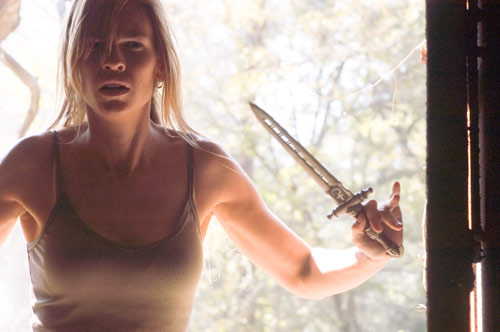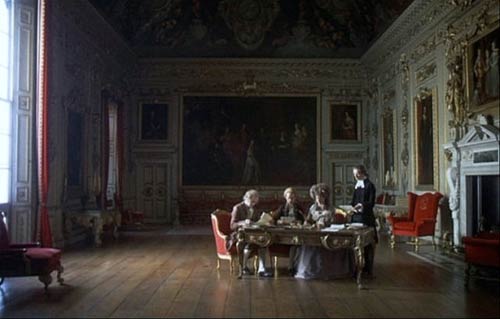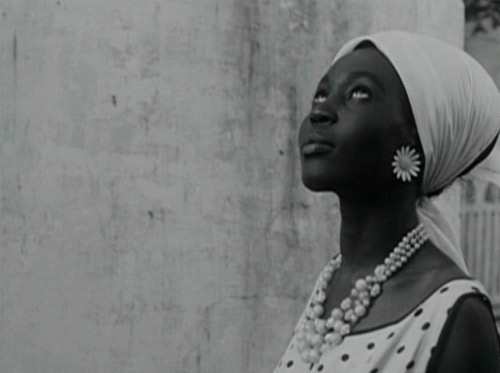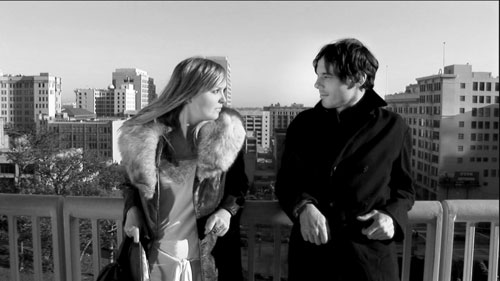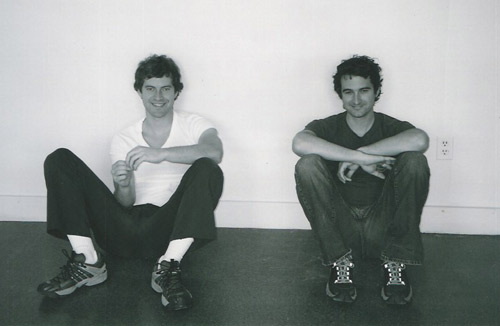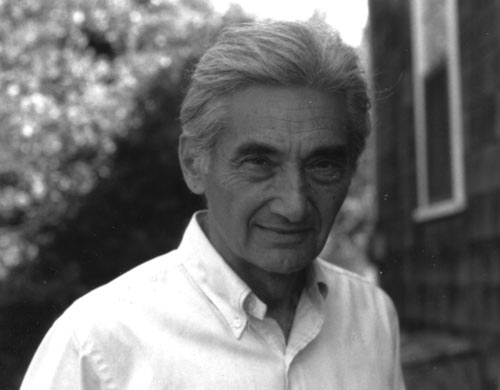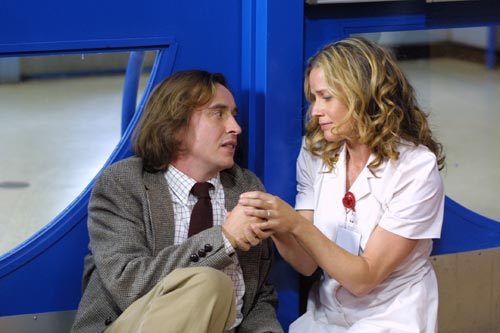
Judging by the squeals of laughter in the theater where I saw it, Hamlet 2 has some of the same appeal as Waiting for Guffman and The Producers. Steve Coogan plays a failed actor who now teaches high school drama and plans to direct the students in his own play, a nakedly autobiographical sequel to Hamlet. If you sketch the movie on vellum, with lines, boxes, arcs, and arrows, it might seem to be a functional piece of comedy: attractive, load-bearing, and fully inhabitable. The dual pleasures of a terrible amateur stage play and jokes that are obviously, intentionally offensive sound like the strong pillars of a grand arch, but when the project is actually built, it's clear from the first rain that this roof leaks like a sieve.
One reason is that the so-offensive-it's-hilarious routine requires the filmmakers to operate with a certain amount of precision. It helps to know that they aren't laughing about pedophilia and rape; they're laughing about someone whose artistic abilities are so poor that his well-meaning treatment of such issues is hideously crass. The needle is threadable, but this film's crassness isn't limited to the production staged by its characters. In one scene, an ACLU lawyer played by Amy Poehler (Saturday Night Live) mouths off to a large man and then holds him back by saying, "You want to hit me? Go ahead. I'm married to a Jew, so I got nothin' to lose!" Poehler delivers the line with enough spunk to sell almost any string of English words, but did they have to be these? I can't for the life of me figure out what's funny about equating a Jewish marriage to battery of women.
And once the film stirs its casual, unmotivated anti-Semitism into the mix, I find myself less comfortable with the jokes about incest, even though they seem to be penned by a clueless character. We already knew the character had poor judgment. Now we know the filmmakers do, too.
When it's not stabbing haphazardly toward irreverence, Hamlet 2 has the more mundane problem of not being very funny. Mild amusements -- like a guy who roller skates badly, or a guy who's trying to keep his testicles cool on doctor's orders -- are repeated until the chuckles are dead, like three cartoons tessellated on unfunny wallpaper.
The movie does have brief glimmers of inspiration: the roller skates are finally explained with a clever, almost throwaway comment; the abrasive theatre critic who seasonally trashes the teacher's productions feels like a character from Rushmore; and Catherine Keener's general attitude, like Amy Poehler's, is inherently funny even when her lines aren't.
But the only inspired touch that sustains more than a few seconds is the casting of Elisabeth Shue to play herself, a nurse in Tucson, a former actor who left the rat race because the world always needs nurses. Shue's self-deprecating performance is funny and absurd. Plus, she's right about the need for nurses. Maybe she can convince a few of her peers to follow her into the field of health care and stop signing up for dismal films that misuse their talent.




